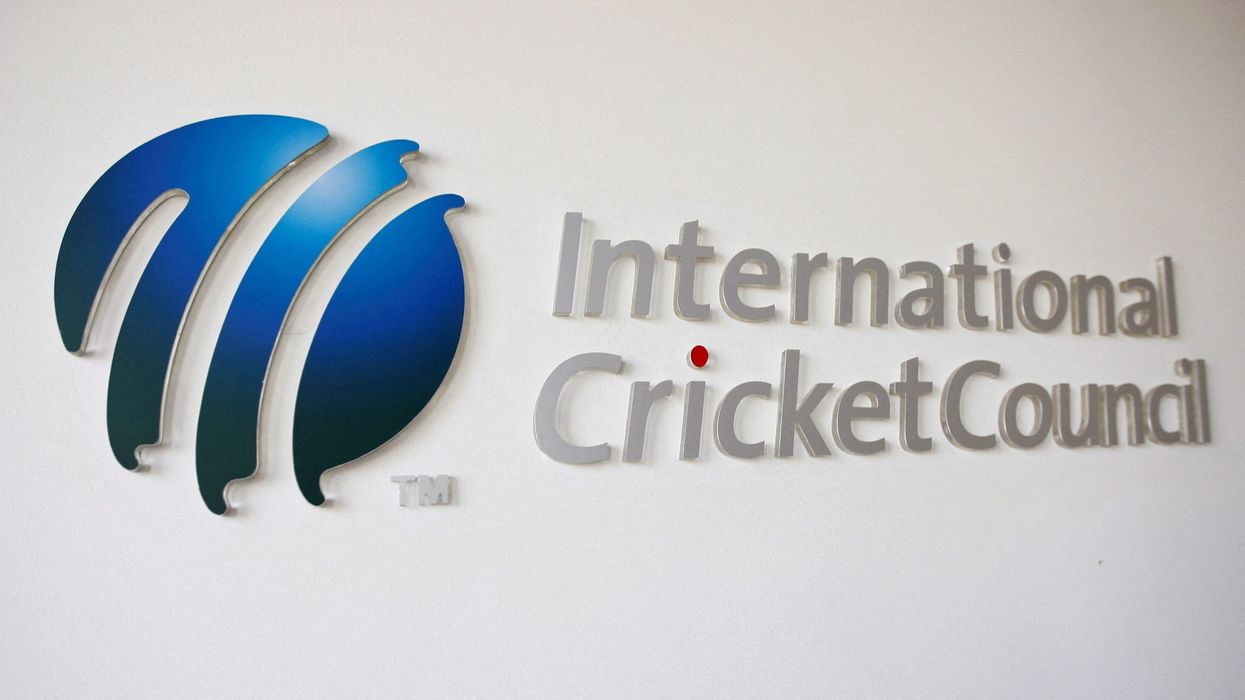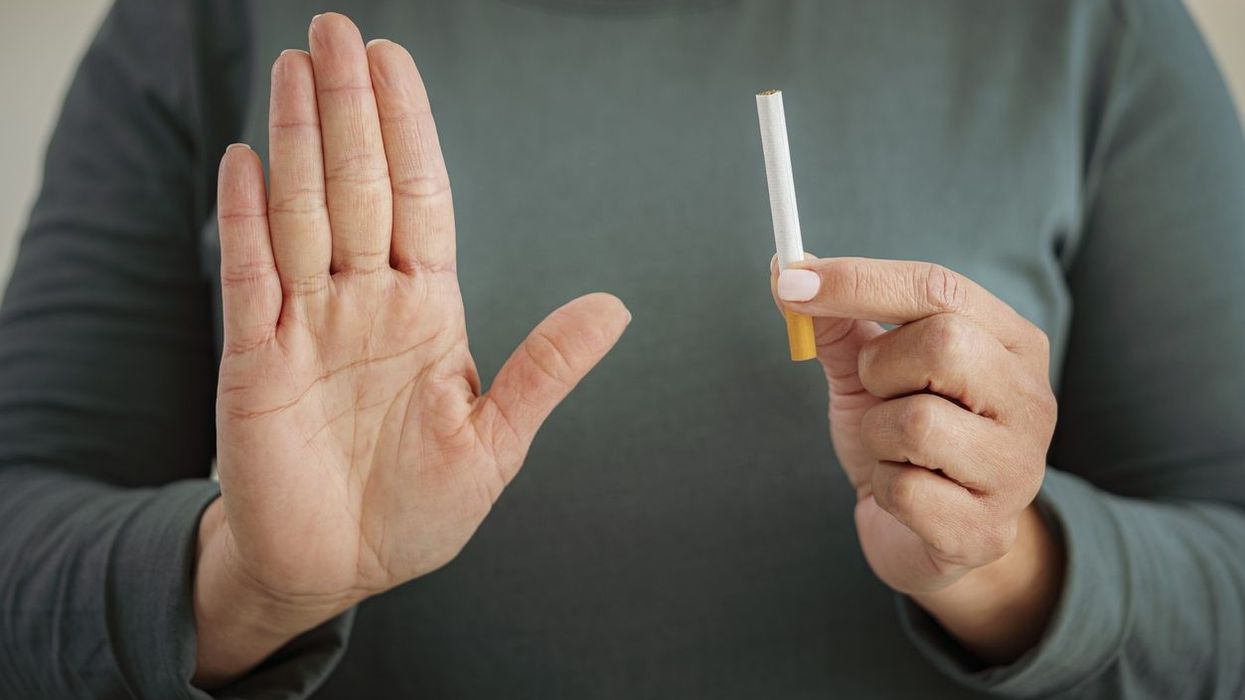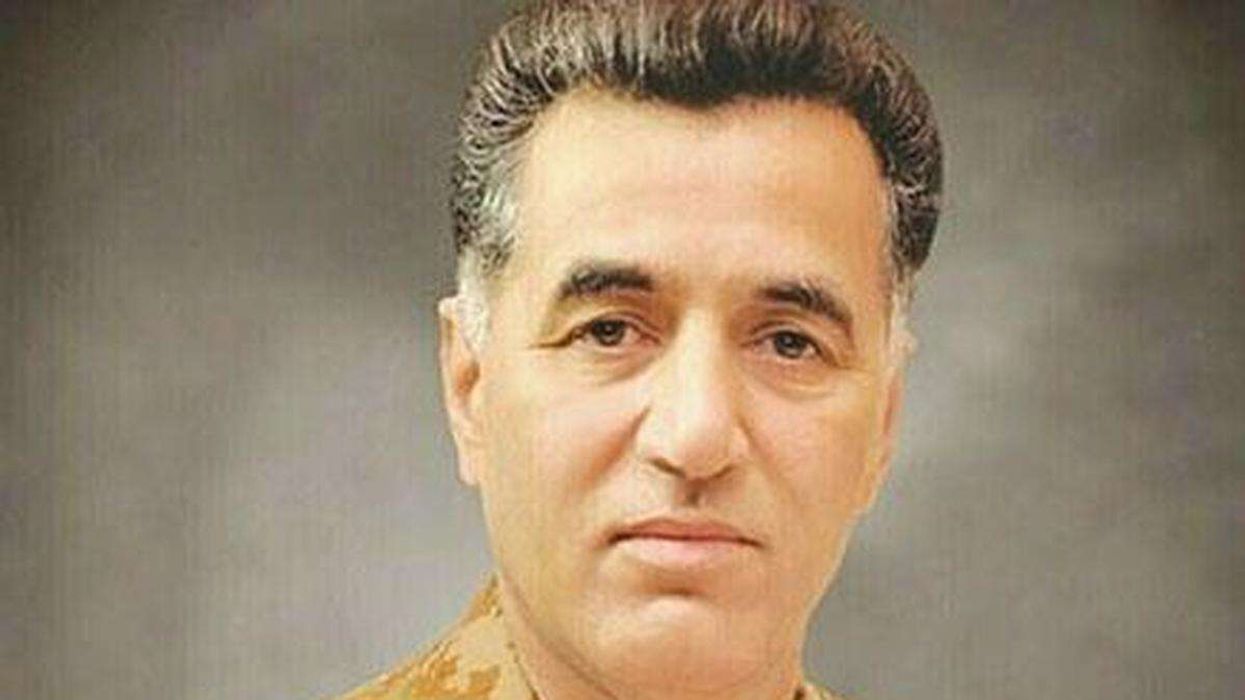CRICKET's cash-starved associate member nations fear the proposed new international revenue distribution model, which heavily favours the game's superpowers, could potentially stall the growth of the game.
The International Cricket Council (ICC) has proposed a new revenue sharing model for the 2024-27 cycle to be voted on at its July board meeting in Durban.
According to figures leaked to Cricinfo, cricket's financial engine India would alone claim 38.5 per cent, primarily in recognition of its contribution to the commercial revenue pot.
The 12 full members of the ICC would collectively take 88.81 per cent with the rest distributed among 94 associate members.
The ICC has not commented on the figures, though general manager Wasim Khan said on Monday (29) all members would get more money under the proposed model than in the past.
Pakistan have already made clear their opposition to the model in its current shape and resentment is rumbling among other, less developed, cricketing nations.
Sumod Damodar, one of the three associate member representatives on the ICC chief executives' committee, said the proposal would not meet the needs of associate members.
"If what is being proposed and discussed is likely to be the outcome then, as an associate member representative, I would be (disappointed)," he said.
"There are numerous practical reasons why it would be inadequate for associate members."
Damodar, vice chairman of Botswana's board, said associate members who have earned one-day international (ODI) status need more money to sustain their high-performance programmes, while the others need cash to bridge the gap.
Citing the rapid rise of Nepal in men's cricket and Thailand in the women's game, Damodar said more countries would step up if they were given the required financial support.
Vanuatu Cricket Association chief executive Tim Cutler said the proposed model would only accentuate the inequality between cricket's haves and have-nots.
"The new model is now even more heavily weighted towards the bigger cricketing nations, and there is a risk that the proposed changes will exacerbate this imbalance, putting the future of the game at further risk," said Cutler.
"The sad reality is, cricket will not grow beyond its current corners of the world ... if the allocation of the game’s global funds aren't more equally allocated with a view to actually growing the game."
With full members having 12 of the 17 total votes on the ICC board, Cutler said diverting funds away from themselves, or making independent decisions for the good of the game, would be like "turkeys voting for Christmas".
The ICC did not respond to a request for comment when asked about the concerns of the associate members.
Former ICC President Ehsan Mani said there was a lack of vision at the governing body in its approach to developing cricketing nations, despite the huge commercial potential of some of them.
"One of the biggest risks for global cricket is its over-dependence on one country, India, for a major part of the revenues generated," the former Pakistan Cricket Board chairman has said.
"Countries like the USA and the Middle East and, in longer term, China would bring enormous benefits to the ICC, its members and the global game. World cricket would be stronger and richer for it."
(Reuters)













